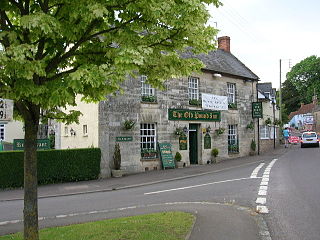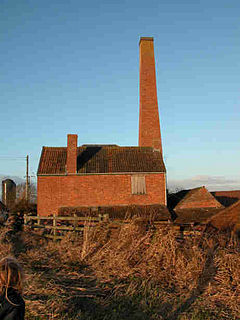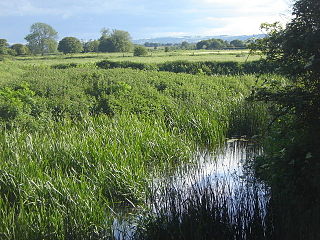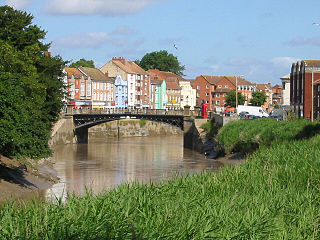
The Warehouse in Great Bow Yard Langport, Somerset, England is an example of Victorian industrial architecture.
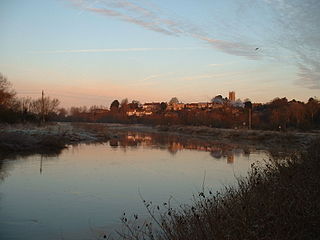
Langport is a small town and civil parish in Somerset, England, 5 miles (8.0 km) west of Somerton in the South Somerset district. The parish has a population of 1,081. Langport is contiguous with Huish Episcopi, a separate parish that includes much of the town's outskirts.

Somerset is a county in South West England which borders Gloucestershire and Bristol to the north, Wiltshire to the east, Dorset to the south-east and Devon to the south-west. It is bounded to the north and west by the Severn Estuary and the Bristol Channel, its coastline facing southeastern Wales. Its traditional border with Gloucestershire is the River Avon. Somerset's county town is Taunton.

Victorian architecture is a series of architectural revival styles in the mid-to-late 19th century. Victorian refers to the reign of Queen Victoria (1837–1901), called the Victorian era, during which period the styles known as Victorian were used in construction. However, many elements of what is typically termed "Victorian" architecture did not become popular until later in Victoria's reign. The styles often included interpretations and eclectic revivals of historic styles. The name represents the British and French custom of naming architectural styles for a reigning monarch. Within this naming and classification scheme, it followed Georgian architecture and later Regency architecture, and was succeeded by Edwardian architecture.
The Warehouse was built in the late 18th century of English bond red brick, with Flemish bond extensions. It has clay plain tile roofs with hipped ends. It was built by the Parrett Navigation Company, a trading Company owned by Vincent Stuckey and Walter Bagehot, on the banks of the River Parrett. When the river became unnavigable the buildings usefulness waned and was eventually abandoned.
The Parrett Navigation Company was formed to improve river navigation on the River Parrett, Ivelchester and Langport Navigation and linked waterways. Tolls were introduced to pay for the improvements. It was a trading Company owned by Vincent Stuckey and Walter Bagehot.
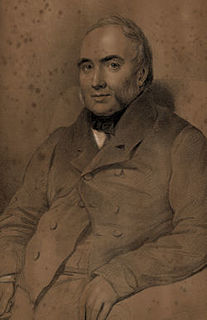
Vincent Stuckey was a merchant and banker of Somerset and Gloucestershire whose note-issue in his heyday was the largest in England and Wales except for the Bank of England itself.

Walter Bagehot was a British journalist, businessman, and essayist, who wrote extensively about government, economics, literature and race.
The Somerset Trust for Sustainable Development, now the Ecos Trust, purchased the site, designated as a brown field site, in February 2003, and worked with Somerset Buildings Preservation Trust (SBPT), English Heritage and local councils to redevelop it into a craft, heritage learning and small business centre, with the surrounding land being used for an eco-friendly housing development. [1]
The Somerset Buildings Preservation Trust (SBPT) works to save the architectural heritage of Somerset, England.

English Heritage is a charity that manages over 400 historic monuments, buildings and places. These include prehistoric sites, medieval castles, Roman forts and country houses. The charity states that it uses these properties to ‘bring the story of England to life for over 10 million people each year’.
It is a grade II listed building. [2]


